Vernissage on 19th Oct (Thursday) at 6 pm.
NOTE: A personal ticket entitles you to enter the exhibition for its entire duration.
_______________________________
Curator: Elwira Wojtunik-Láng
Vernissage on 19th Oct (Thursday) at 6 pm.
NOTE: A personal ticket entitles you to enter the exhibition for its entire duration.
_______________________________
Curator: Elwira Wojtunik-Láng

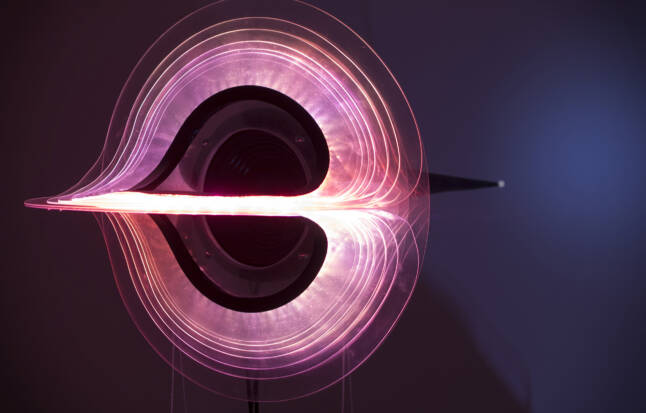
Black Hole is a data-driven light and sound sculpture inspired by the theory and geometry of black holes, as well as the philosophical aspects of Einstein’s general relativity theory. The sculpture’s form reflects the bending of space and time. It marks the terrifying boundaries of the event horizon, the point of no return, and the confinements of singularity using an intangible medium: light. Sound translates the distant waves of the cosmos, specifically gravitational waves, into a range perceptible to humans, enabling us to sense the presence of the black hole.
Data from cosmic gravitational waves, collected from the LIGO experiment, has been converted into sound and light to feed the black hole’s speaker and illuminate the accretion disk.
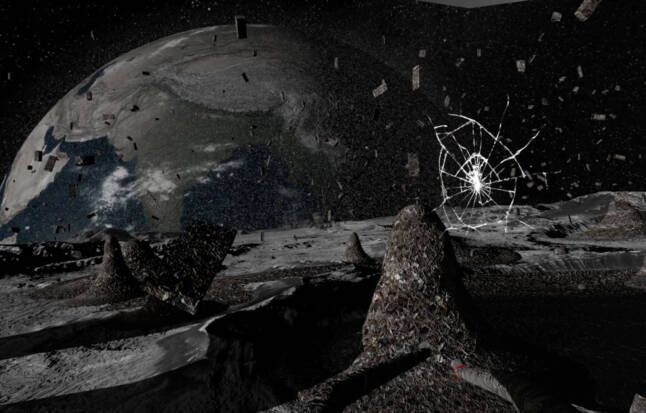
Fifty years after man first landed on the moon, Laurie Anderson takes us all to MIF19 with To the Moon. Developed in collaboration with Taiwanese artist Hsin-Chien Huang, this dreamlike VR experience takes us on our own exploration of the moon. In addition to her top-five single (O Superman) and Grammy Awards (for Landfall), her extraordinary career as an artist and musician defying/transcending genres, included a two-year tenure as the first artist-in-residence at NASA. This experience served as inspiration for the acclaimed performance show The End of the Moon.
To the Moon brings us closer to the lunar surface than Anderson ever has before – and the journey is as important as its destination. “The moon leads a very inspiring dream-like existence. I want to let people fly,” the artist confides.
Duration: 15′
Language: English

“The planet Mars is, after the Earth and the Moon, the third best known, most explored and most accurately mapped world by humanity.”
Orbis Tertius is an installation about the planet Mars cartography, and the long data travel from Mars surface up to its on-site generative render. A machine endlessly draws dozens of thousands of lines on large sheets of paper, revealing each and every smallest volume of vast landscapes : alluviums, cliffs, rocks and boulders that build up large craters and huge mountain ranges. The process is long, the landscapes appear over hours and days. These landscapes are not imaginary: all the details compose a faithful depiction of a real Martian area, based on actual topographic data captured by NASA in martian orbit. All these steps are revealed in real time thanks to multiple video screens.
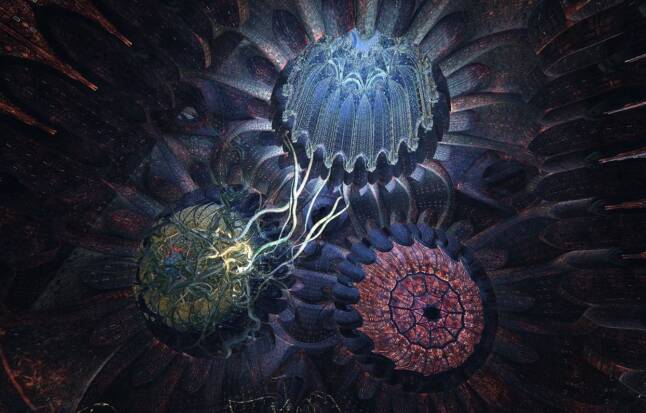
This mind blowing experience is a voyage through one of the most mysterious spiritual practices on the planet: Ayahuasca, the vine of the soul, and how to find your inner space and experience the magic and healing power of ayahuasca.
Through the use of Virtual Reality, this experience hopes to stay faithful to the original Shipibo tradition of consuming this plant as a transformative and meditative ritual. As such, the psychedelic journey will be guided by an indigenous South American shaman whose Motion sensors in the headset will allow the system to keep track of the user’s movement and posture and react accordingly. The visions will either intensify or diminish, ensuring that the film will not be too intense nor too unstimulating.
Duration: 18′
Language: English

VR worlds can be like hallucinations – another reality leaking into our “real” world. In fact, inside the virtual brain, the Brain Cave, we find the universal imagery of hallucinations. With this work the artist explore provocative questions around VR and its uncanny ability to confound our sensory perception. What is the role of the body in VR? What happens inside of us when inside virtual worlds? Can we actually find peace and pleasure in artificial nature?
A mysterious presence appears and enters our personal space then transports us to a place inside the brain. As we explore this primordial cave of the mind, we discover deeply ingrained images and sounds. Our journey continues with a ride through the optic nerve to arrive at what appears to be a soothing natural landscape. The model of the brain was obtained from a neuroscience lab, originating from MRI brain scans.
Duration: 6′
Language: English

Odyssey 1.4.9 is a breathtaking VR film, an exploration of the visual heart of Stanley Kubrick’s masterpiece 2001: A Space Odyssey, based on Arthur C. Clarke’s brilliant sci-fi novel. In addition to being a personal tribute, this film is a sensory immersion into the heart of Kubrick’s film, staging the famous dark monolith by building it into an incredible object with scrolling images. A genuine memory aid that will crystallise a clear expression of the movie’s theme: absolute intelligence.
Duration: 8′

Spheres: Songs of Spacetime is an award-winning interactive virtual reality experience directed by Eliza McNitt, produced by Darren Aronofsky and narrated by Patti Smith, Jessica Chastain and Milly Brown. It takes the viewer on a journey through space and the sounds that can be heard there.
It is an immersive spectacle that fuses art with science. A journey in three chapters, which sets off in search of the secret songs of the cosmos; a celestial experience in which we become the cosmos, thanks to an interactive intergalactic journey, the only way of really getting to feel what time travel or entering a black hole is like. Set off in search of places where the laws of space and time no longer exist, places we have learnt to see and hear since the revolutionary discovery of gravitational waves.
Director: Eliza McNitt
Narrators: Patti Smith, Milly Brown, Jessica Chastain
Executive producers: Darren Aronofsky, Ari Handel, Arnaud Colinart
Duration: 30′
Language: English or French
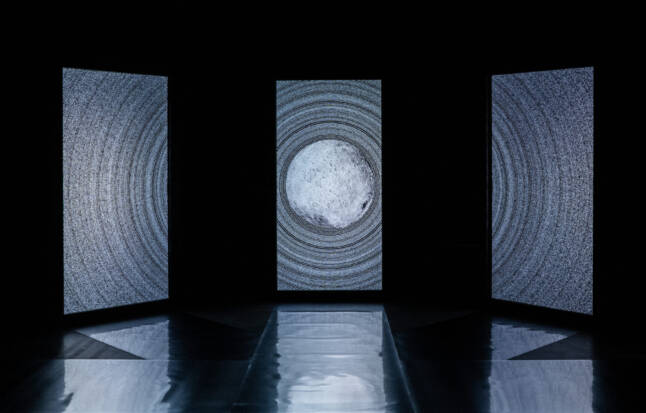
Moonaris is a 5-channel audiovisual installation that refers to the Copernican idea of observing the sky, exploring outer space, and discovering the unknown. It also suggests – following the vision of the science fiction writer, Stanisław Lem – to imagine the seemingly unimaginable, for example: the future development of the surface of the Moon, which may actually become reality in our lifetime. Elwira Wojtunik and Popesz Csaba Láng were inspired by the latest findings of scientists exploring the silver globe. Rock samples taken for the first time from the largest basaltic plain on the surface of the Moon – the lunar mare known as Oceanus Procellarum – prove that there were some geologically recent active volcanic eruptions on the surface of the Moon. These discoveries fundamentally change our understanding of Earth’s natural satellite. Perhaps the Moon isn’t as lifeless as we previously thought. In creating the installation, the artists relied on scientific research and databases made available by NASA. The digital simulation of the Moon’s surface was designed with the use of the Unity 3D game engine.
After exhibitions in Athens, Paris and Rome, the installation Moonaris will be presented for the first time in Poland.
Concept and creation: Elwira Wojtunik & Popesz Csaba Láng [Elektro Moon Vision]
Music: Pandelis Diamantides
Production: Photon Foundation 2023
The artwork was commissioned by the Adam Mickiewicz Institute in Warsaw.
The project partner is IAM and Culture.pl. Co-financed by the Ministry of Culture and National Heritage.

Vortices is one of the ephemeral light installations of the Magnetosphere series of light sculptures containing objects of kinetic light. Each Vortice has its own geometric shape and color. They pulsate, rotate and oscillate through their internal mechanics, creating their own sound. The work touches with the theme of electricity and the inner, pulsating motion of the Earth’s core, which creates a protective magnetic field that protects us from deadly rays from space.

An Augmented Reality digital artwork of generative graphics, aimed at raising awareness of the problem of space junk. The project has been designed and produced with the scientific support of two researchers: Alice Lucchetti and Maurizio Pajola from The National Institute for Astrophysics in Rome.
Our planet is surrounded by debris, abandoned satellites, remains of space probes, garbage in orbit from past space launches. Around the Earth there are currently in space approximately 34,000 pieces of detritus over 10 cm in size, 900,000 between 1 and 10 cm, 128,000,000 between 1 mm and 1 cm. What we mistake for falling stars is for the most part debris that burns when in contact with the earth’s atmosphere. Most burst into flames, but many remain almost intact and crash to the ground, threatening human lives. On average, one piece of debris everyday re-enters the earth’s atmosphere. Uncontrolled satellite collisions generate a chain reaction, causing further debris, leading to even more collisions. This makes access to space, satellite launches and space exploration impossible for future generations.
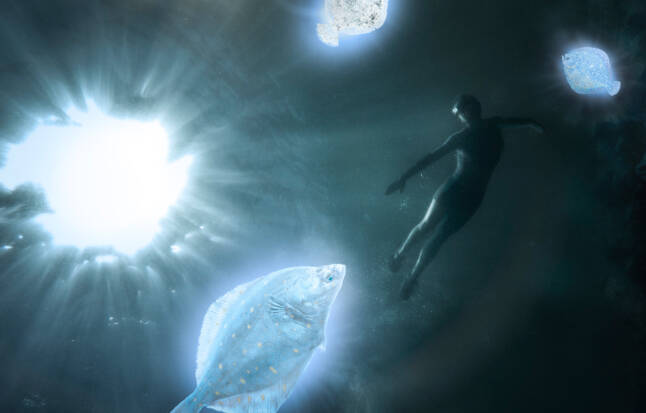
The Cave is an interactive adaptation of a classical Platonic metaphor, preserving the meaning of the original but setting it in a new context. The essence of the image of the cave is the disruption of the obvious—what is known and universally respected turns out to be false. Although Plato places the story of the cave in the context of his own ontology, the metaphor itself is universal. Breaking out of what is familiar and safe is equally precipitous no matter what cave is our prison. It can be the Matrix, Paradisia, the Truman Show, an ideological, religious or political system.
The cave can also be the “inside“ of a VR headset, although this can be treated as a metaphor within another metaphor. The contemporary reading of the cave metaphor also generates doubts: what if the cave has no boundaries? If, like a matrioshka doll, it is placed inside another cave and that one in yet another, and so on without end? Or does such gnoseological wandering have the shape of a loop? The creators transfer the philosophical text into VR and present an experience which requires not only mental, but also physical effort, in order to emphasize the experiential nature of philosophy.
Duration: 10-15′
Language: Polish
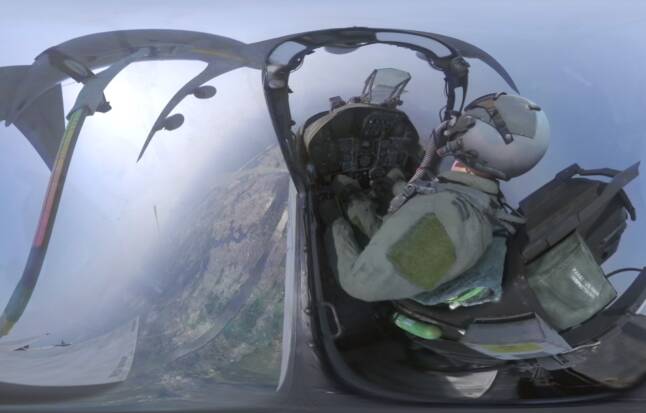
Pilot 9/11 offers a fresh perspective on the events of September 11, 2001, through the eyes of military aviators tasked with intercepting the hijacked passenger planes. Their viewpoint adds new depth to the familiar images, highlighting the stark contrast between the confines of the cockpit and the vast expanse of New York. It’s an ideal setting for a VR experience.
Amidst the chaos unfolding just a few hundred metres away, these aviators find themselves locked in their cockpit, unable to provide aid despite witnessing desperate pleas for help. While the World Trade Center attacks are central to the story, Pilot 9/11 is a twenty-minute exploration of emerging from trauma, both on a national scale and a personal one.
Duration: 10-15′
Language: Polish
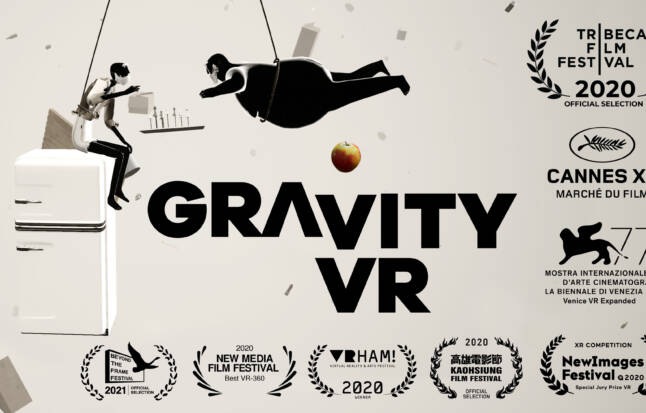
An interactive VR story unfolds in a surreal realm where everything perpetually descends, including the player. However, in this boundaryless world devoid of walls, horizons, or gravitational orientation, there is an absence of vertigo or fear. Meet Osorio and Benedito, two elderly brothers who have spent their entire lives within this eternal descent. Yet, as with all things, nothing remains eternal…
Gravity is the first VR filmof the authors and reached surpassed wildest dreams of the creators. The experience was showcased at the Tribeca Festival , Cannes XR and Venice, among other prestigious festivals.
Duration: 15′
Language: English

Lavrynthos places you at the heart of the labyrinth of Crete to tell you the story of the unlikely relationship between the Minotaur and his next meal: a girl named Cora. A contemporary Greek tragedy paying homage to the cradle of modern dramatic theory while challenging it at the same time. Lavrynthos is a humorous take on a 3000 years old myth updating it with themes and topics that are relevant in this day and age. Lavrynthos makes use of an innovative way of moving the player throughout the story by transforming a 2x2m area in an infinite non-euclidean maze that can shift space and time. Lavrynthos messes up with your sense of direction, space and balance and aims to connect with people that might have felt lost in the last couple of years.
Duration: 20′
Language: English